
UDK: 616-036.22+616:576.8: 616.9
V.A. Irdeeva1, R.S. Arakelyan1, M.V. Bogdanyants1, E.A. Stepanenko2, G.L. Shendo3, T.M. Deeva1
1ФГБОУ ВО «Астраханский государственный медицинский университет» Министерства здравоохранения Российской Федерации; 2ФГБОУ ВО «Астраханский государственный технический университет»; 3Центр гигиены и эпидемиологии в Астраханской области
The authors analyzed the sanitary and parasitological state of the soil of the Astrakhan region for 2014 – 6 months of 2020, using the materials of their own laboratory research and research of the center for hygiene and epidemiology in the Astrakhan region. In total, during the analyzed period, 8 144 soil samples were studied, and 16 288 studies were performed. The total number of samples that did not meet the sanitary and parasitological indicators was 6,7 %. Thus, in 2014, 16,7 % of soil samples (n = 1368) were examined for sanitar-parasitological indicators, of which 5,0 % of samples did not meet the standards. In 2015, soil studies were also conducted – 12,2 %, of which 6,4 % were unsatisfactory. Thus, in 2016, 15,1 % of soil samples were examined, of which 9,3 % were unsatisfactory. In 2017, 13,4 % of soil samples were examined, of which 7,4 % were unsatisfactory. In 2018, studies of soil samples for parasitic indicators amounted to 16,8 %, of which 7,4 % were unsatisfactory. In 2019 17,5 % of soil samples were examined – the largest number of samples studied compared to previous years. 6,5 % of the samples did not meet the standard indicators. For 6 months of 2020, 8,3 % of soil samples were examined, of which 4,2 % did not meet the sanitary and parasitological indicators. Thus, the panitaryparasitological state of the soil in recent years continues to be relatively unfavorable, as evidenced by positive findings in the form of larvae and eggs of helminths, as well as in the form of cysts of pathogenic intestinal protozoa. The presence of Strongylid larvae and Toxocar eggs in the soil indicates contamination of this object with the feces of invasive animals (cats and/or dogs). And the presence of unfertilized Ascaris and blastocysts eggs indicates contamination of this object with the feces of infected people, or there was an accident and a break in the sewer network at this object.
soil, Strongylid larvae, Toxocara eggs, Ascaris, sanitary-parasitological state of the soil, invasive animals.
Аракельян Рудольф Сергеевич – к. м. н., доцент кафедры инфекционных болезней и эпидемиологии, врач-паразитолог высшей квалификационной категории, Астраханский государственный медицинский университет, e-mail: rudolf_astrakhan@rambler.ru